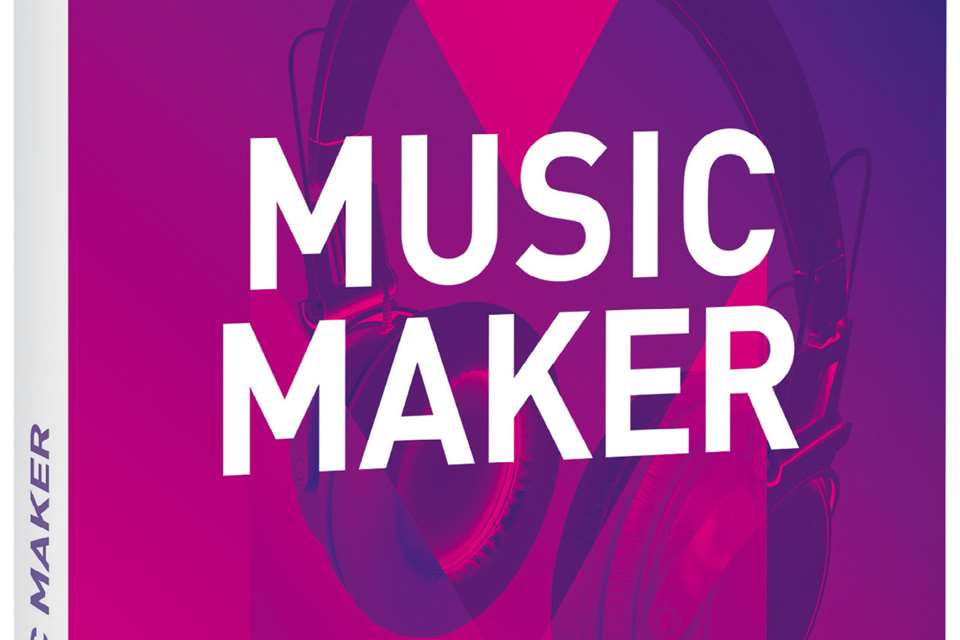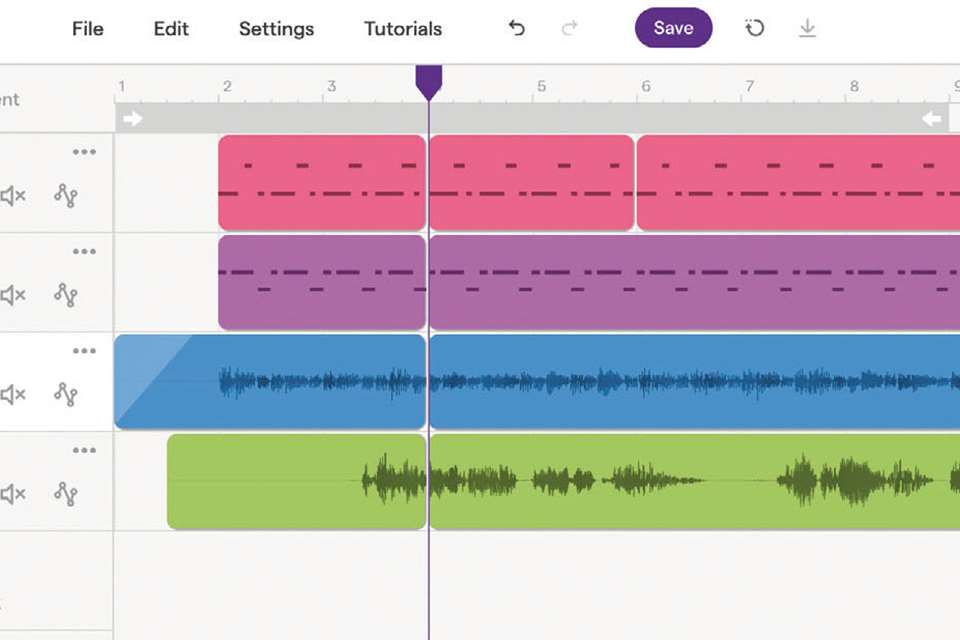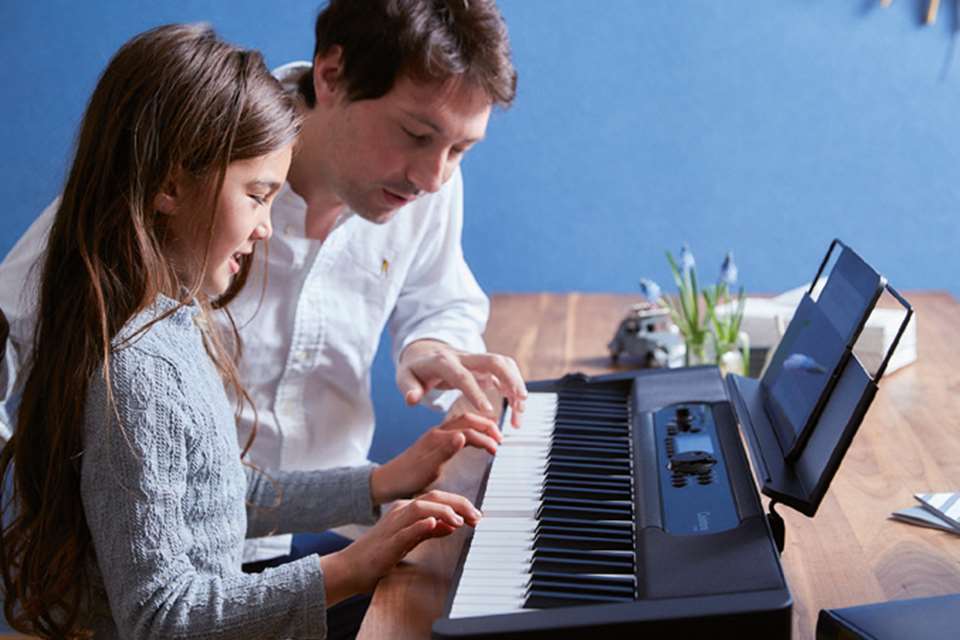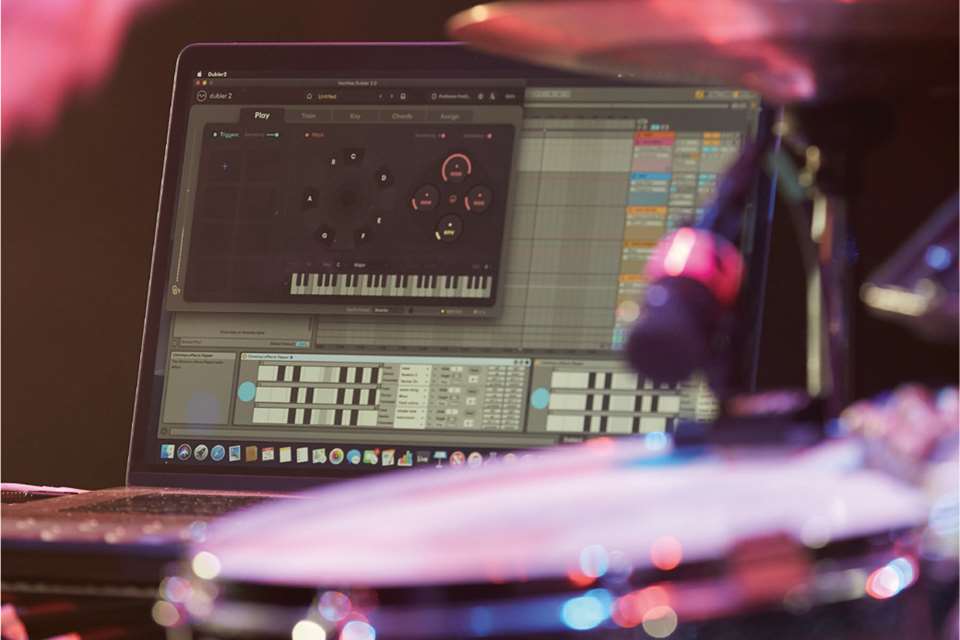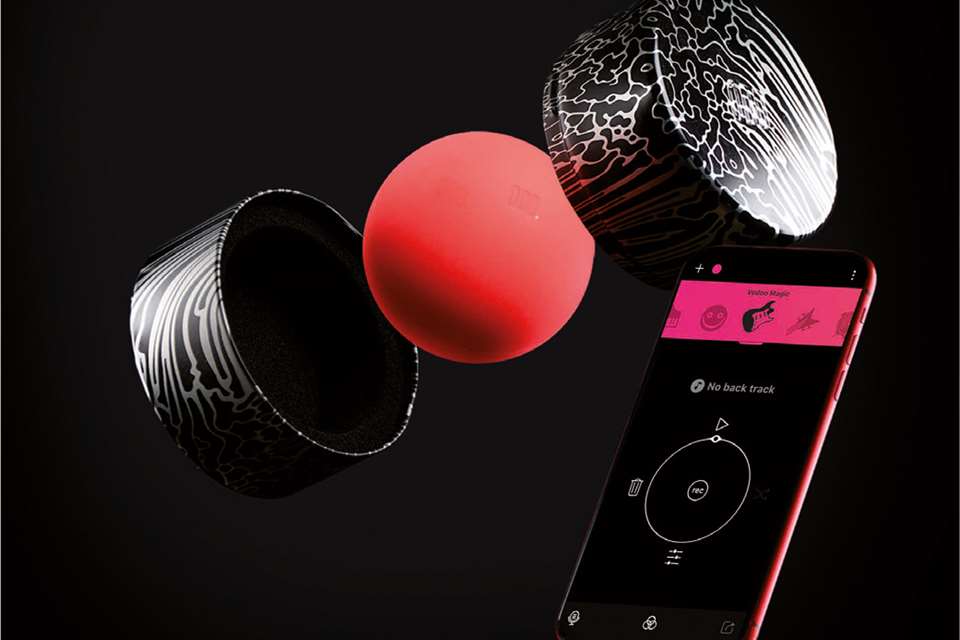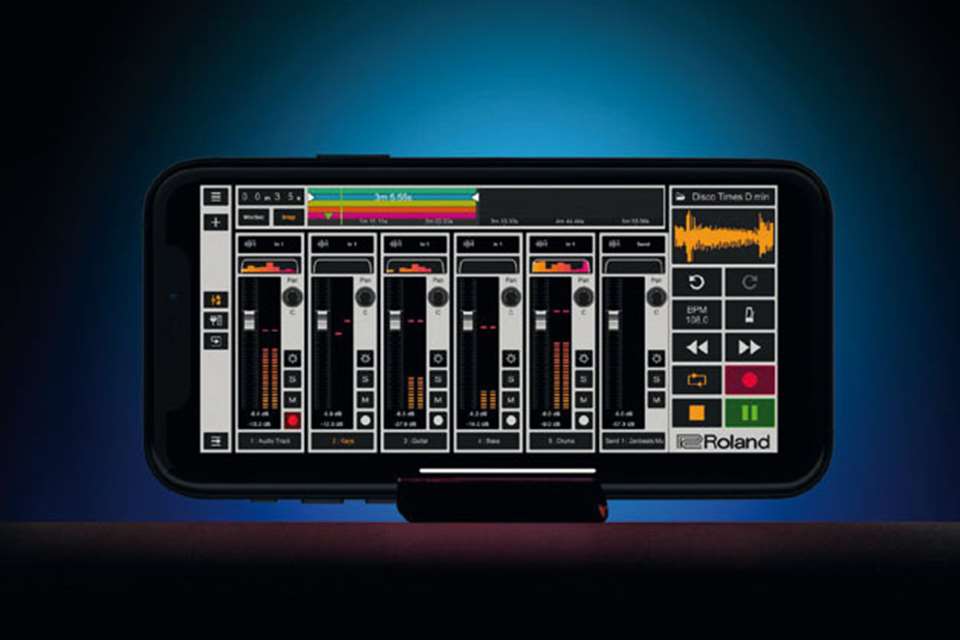Tech Reviews: Behringer Edge
Dale Wills
Tuesday, March 1, 2022
Dale Wills reviews the Edge from Behringer
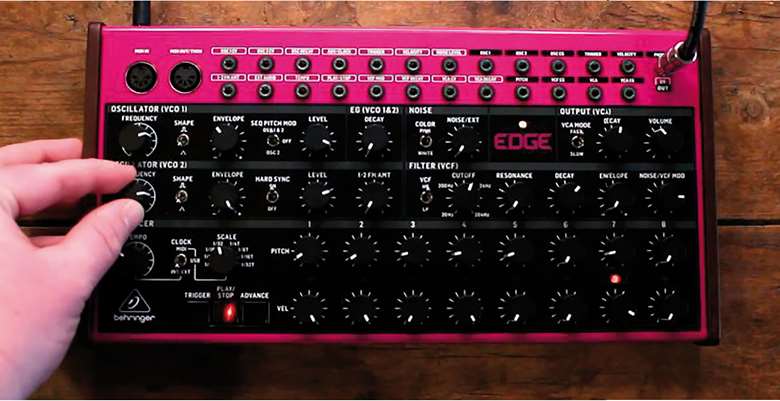
If you have spent the last few years living under an 8-track, you might be forgiven for not noticing the resurgence of analogue musical equipment swelling up over the last decade. Starting with the vinyl revival, marked by Peter Paphides’ eponymous BBC 6 Music series, the revival has expanded outwards in a logarithmic spiral. Encompassing analogue tape recording, vintage electric pianos, analogue outboard gear and reaching a dizzying apex with the rebirth of analogue synthesisers, the mania for ‘vintage’ gear seems unstoppable.
Analogue revival
Much of this revival has been driven by the advent of surface-mount technology – a method of building circuitry which is faster and cheaper than the through-hole hand soldering which drove the ARP and Moog designs from my childhood LP collection. This flip has gone hand-in-hand with a new wave of indietronica, driven by chart-toppers Calvin Harris, Lady Gaga, Owl City, and the follow-up subgenre chillwave including Chvrches, The Naked & Famous, and M83.
The irony of this resurgence is that digital hardware and software alternatives are reaching a peak of indistinguishability from the ‘real thing’. This has done little to reduce the arsenal of the synthpop stage. Digital emulations of hardware units are almost indistinguishable from their outboard counterparts. Some, like Softube's Model 84 or the Arturia V Collection, painstakingly replicate the interface of their original models. Others, like EDM mainstays Massive X from Native Instruments, or Xfer's Serum, offer a user experience that goes beyond the wildest dreams of Harald Bode.
In the history of popular music, the big arpeggiator-driven leads of the ‘70s and ‘80s, such as Jupiter and Prophet, finally yielded the stage to guitars in the ‘90s. There is, despite this, one area within which synthesis has never fallen out of fashion: the rhythm section. The difficulty of capturing a live drum set up, of replicating it over multiple takes and mixing the various sonic elements together, means that drum machines made their way into grunge and even nu metal – something of a dirty little secret in rock production. And, of course, the sound of the Roland TR-808 subtractive synth became one of the defining timbres of hip-hop. The sound has even reportedly entered the world of professional sport, replacing the noise of darts impacting the board in televised tournaments!
Behringer's offering
Behringer has been one of the main drivers of the analogue revival, with an impressive catalogue of emulations of classic hardware. Building on an economy of scale model, these revival facsimiles make outboard synthesizers available in a market where original units can change hands for tens of thousands of pounds. On the other hand, in a world where a software emulation can offer both the same sound result and the same interface, why would an educational studio waste precious resources on an outboard equivalent?
Into the fray comes the Behringer Edge – a semi-modular percussion synth with a 15 x 10 patch matrix. With a strong nod towards the world of Eurorack, the flat, violently violet box will slot into a Eurorack case and pair seamlessly (although clashing aesthetically!) with the bright orange of its companion synth – the Crave. Crave was inspired by the infamous Prophet synthesizer, and produces a range of bold, brassy sounds which took me straight back to my childhood bedroom. Both units are semi-modular – they come pre-programmed with a range of selectable patches, but also offer users the facility to build sounds from scratch by combining the two VCOs (voltage-controlled oscillators), envelopes, filters, and noise. Both come in at comparable prices to software synths and offer the potential for a more in-depth musical journey.
The Edge
There's something about the tangible nature of a hardware synth, especially a rack mounted modular design – something which needs patching into a studio before it will give up its secrets – which is innately exciting. The tactile nature of patching a synth in order to create a sound, and then triggering it from another synth patched in series, creates a sense of engagement and ownership which is difficult to match.
The Edge is powered by an eight-step dual sequencer; the top row controls the pitch of the sequence; the bottom row looks after the velocity (volume) of each step. For anyone new to the world of desktop synthesis, the absence of a keyboard interface can prove something of a shock to the workflow. Behringer has also thoughtfully included both USB and five-pin MIDI interfaces, allowing the Edge to be connected to, and triggered by, a range of external devices – including a MIDI keyboard if, like me, you find it hard to work without one!
In the classroom
With synths taking centre stage both in studios and on stage, it's difficult to ignore their position in the musical landscape. The reliability, durability, and stage appeal of Behringer's family of revival synths make them an obvious choice for live performance, but what about teaching and writing? To test this out, I hooked the Edge up to the electronic music studio in college, and locked myself away for the day with a band of young musicians with the aim of creating a complete track.
Having completed their first EP release, the band was experiencing that all-too-familiar second album writer's block. They (and I) are much more used to working from a guitar-/piano-driven writing methodology, adding sound design to their tracks only after the lyrics and melody have been workshopped extensively. Working in a completely electronic environment gave us all an opportunity to flip our usual working styles.
The Edge is designed primarily as a drum machine. In the lineage of the TR-808 (and the Moog DFAM which it is built in answer to), it also has an impressive range of pitched and semi-pitched options that can produce a range of bass lines. The two option oscillators – switching between triangle or square wave – are also capable of reproducing FM tones, although drum patterns are where this colourful little unit really excels.
Practical tests
Starting with a simple eight-step rhythm pattern, the band spent much of the morning programming and laying down a range of grooves. This was an unusual starting point for all of us, although with the ease of programming the Edge, laying down innumerable ideas became almost addictive. The unit excels at the glitchy end of the spectrum, with the slidable white-pink noise oscillator adding a delicious bite to the output.
Having laid down a pile of different beats, it would be all too easy to start moving them around in the DAW and move our workflow back to the screen. True to our test, we managed to avoid temptation, and moved on to linking the Edge in series to some of the other synths in the studio. The first pairing was with a Nord Rack-2 – one of my go-to sound design units for its reliability, ease of use, and range of mouth-wateringly beautiful sounds. Using the velocity output of the Edge to modulate the filter envelopes on the Nord produced a glitchy soundscape which no one in the room would have deliberately set out to create.
The result had something of a synthwave vibe, similar to the band Survive, but with a glitchy LoFi quality more reminiscent of Easy Life or Unkle. This is where working with analogue synths really comes into its own; the results are frequently unexpected and always the result of dedicating time to experimentation and adventure. This is an approach I have advocated many times and in many different contexts with both students and collaborators searching inspiration. There is something about being forced to interface with a completely unfamiliar workflow which produces sparks of innovation like nothing else.
‘A tough little unit’
The sonic world of the Edge is reassuringly gritty, steely and lends itself to a range of sound designs from hip-hop to mainstream commercial pop. The bassline sounds, although less flexible, are supple, full and add a unique flavour to a mix. Where this unit comes into its own is working with other modular units. We paired the Edge with six other modular synths, as well as taking audio directly out over the course of the day; in terms of compatibility, the session went off without a hitch, with the Edge slotting effortlessly into every new configuration.
The Edge is a tough little unit, as you might expect from Behringer. It has been built to survive not only the back of a flight case but feels like it would take many years of studio use and abuse. The sequencer and patch bay are intuitive enough for the first time synthesist to jump in and start producing musically satisfying results, but powerful enough to introduce more experienced musicians to the journey of modular synthesis which would take them on a lifetime of exploration.
The completely analogue signal path of the Edge, together with its counterpart units, is a great way to introduce young musicians to both the concepts of signal flow and the more advanced properties of synthesis. And as for our results? I'm happy to say that our experimenting blossomed out into three completed tracks by the end of the second day in the studio, and that the sound of the Edge nestles comfortably in the sound design of the band's next release. Watch this space!
After this review was written there was a delay in the release of the product. Keep an eye on the Behringer website for further updates.


